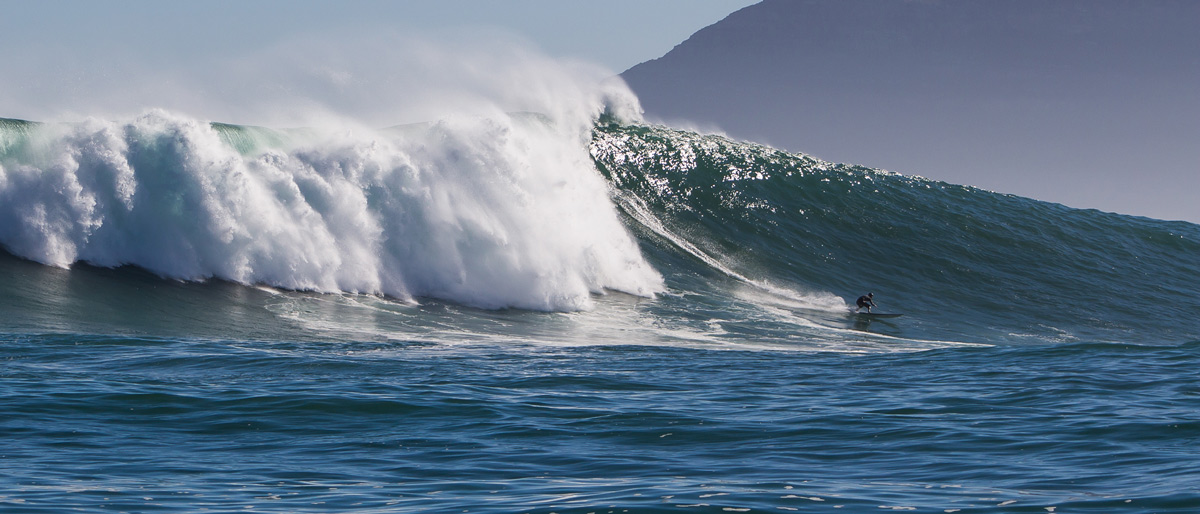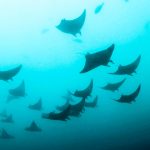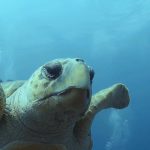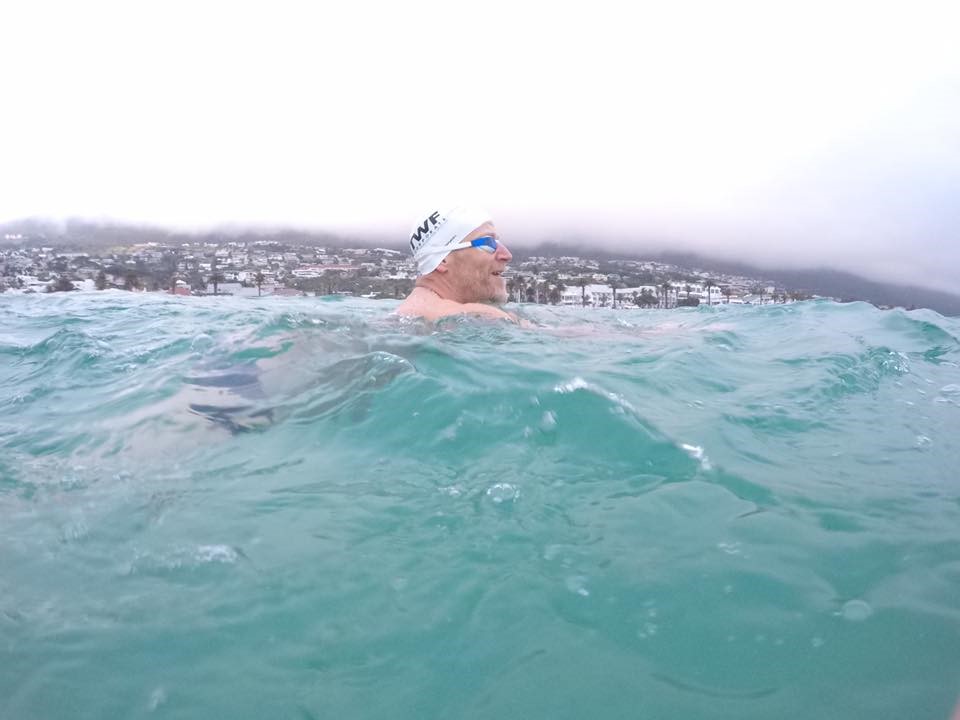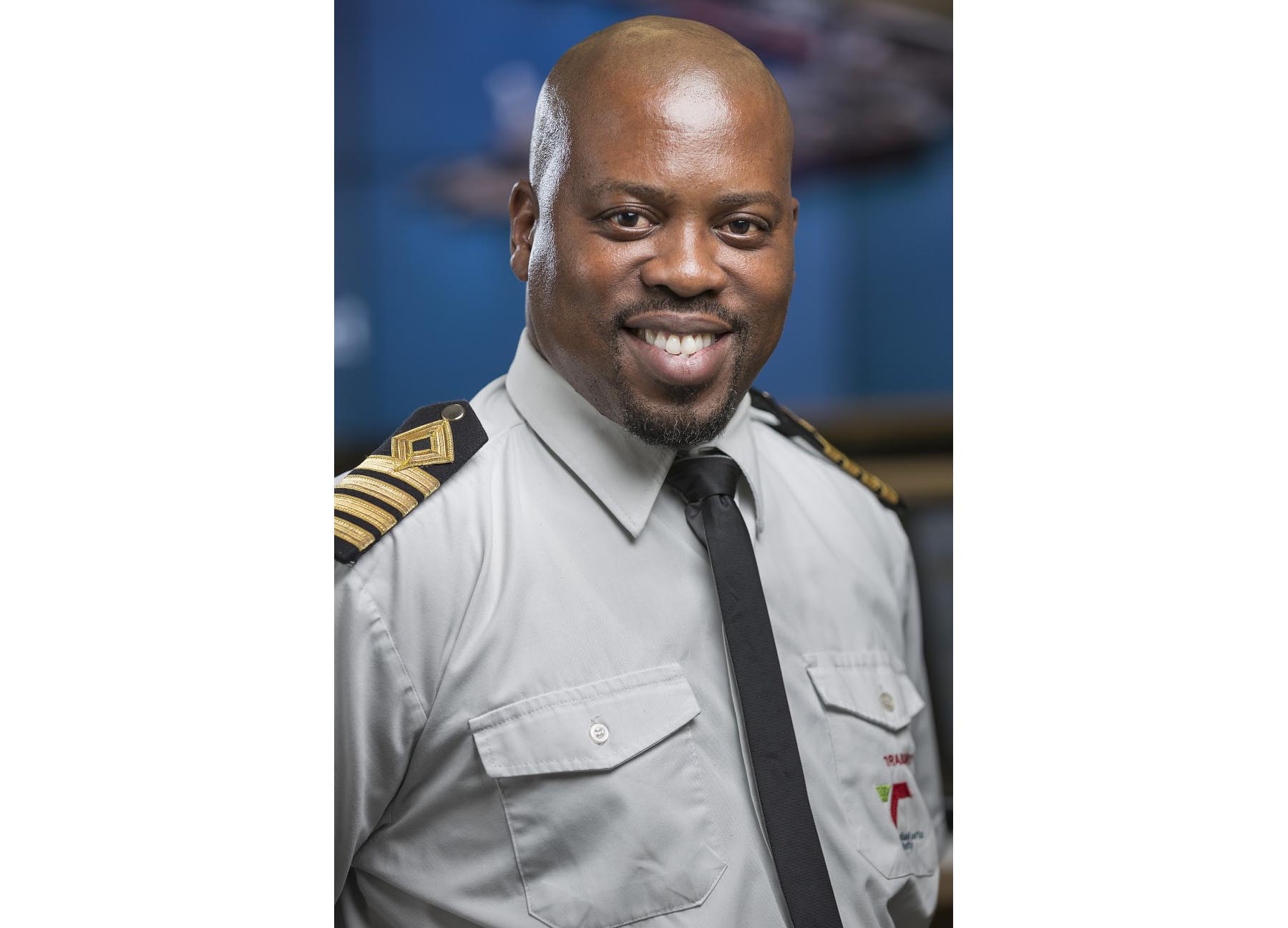Our first Ocean Watch writing competition produced a series of captivating stories on all things rays and sharks. Natalie dos Santos salutes the winning entries.
How many species of rays and sharks are on the brink of extinction? How big is the demand for shark fins and ray gills, and why? If humans aren’t part of a shark’s diet, why do sharks attack them? How many sharks are culled each year for the sake of bathers’ protection and what other species suffer as a result? What roles do rays and sharks play in marine ecosystems?
Young ocean enthusiasts and aspiring science writers rose to the challenge, grappling with questions like these in Roving Reporters’ first Ocean Watch writing competition, with support from WildOceans.

Changing narratives
Natalie Dos Santos kicked off the competition with a ‘killer’ story on how South Africans are warming to sharks, as witnessed during 2020’s sardine run. Campaigns and projects like Shark Attack and this very competition are helping to change a tired narrative. We are moving away from the man-eating monsters portrayed in Jaws to recognising sharks as fascinating animals, vital for the ocean’s well-being.
In similar fashion, Lisa Cloete set out to explain how the negative way in which we view sharks is largely due to modern media. Cloete shared many little-known myths and legends from indigenous oceanic communities around the world who held sharks in high regard. “We need to rewrite our relationships with the ocean and its creatures if we are to restore some balance – for us humans and those that live in the sea,” writes Cloete.
Young South Africans get little exposure to sea life, which is another part of the reason why sharks are demonised. Njabulo Mdluli told of his journey from fear to fascination as his interest in marine biology grew from fishing in a river as a child to embarking on epic ocean voyages to submarine canyons off our coastline today. Mdluli also shared a few facts about three big, but lesser-known, beasts – whale sharks, basking sharks and megamouth sharks.
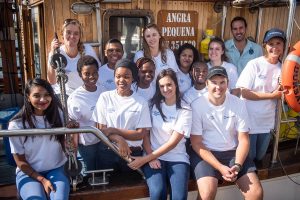
Murder mystery
The appearance of the infamous ‘Port’ and ‘Starboard’ and the disappearance of False Bay’s broadnose sevengill and great white sharks must rank among South Africa’s most curious shark stories. Leigh de Necker takes a closer look and touches on an unexpected turn of events, which she explores in her Masters research.
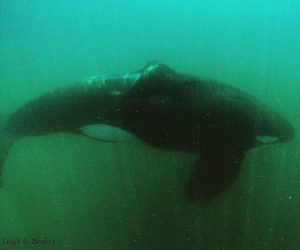

Rays and sharks lead complex lives that we are still trying to understand. The mystery of what led the orcas to prey on these sharks has yet to be unravelled, but experts speculate that a combination of factors played a part, including coastal demersal longline fisheries overexploiting the orcas’ original food source.
Besides fisheries disrupting the natural balance of fish for apex predators, fisheries bycatch is a major threat to many shark and ray species. Katie Biggar wrote about the threat of demersal trawling to shark and ray species and the lack of governance in South Africa, as well as sustainable ways to move forward.
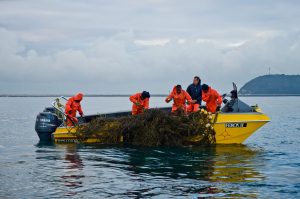
Of shark nets and spotters
Another important topic in this series is the work of the KwaZulu-Natal Sharks Board, who help ensure bather safety, but at a real cost to marine life. Sean Kelly shared an insightful interview with the board’s operations head on drumlines – an alternative to nets and a small step in the right direction.
Rio Button tells of how a brush with his own mortality stoked big wave rider and adventurer, Greg Bertish into launching Shark Spotters, a bathing safety project. Shark Spotters is an internationally renowned alternative to shark nets that’s doing wonders for shark conservation.
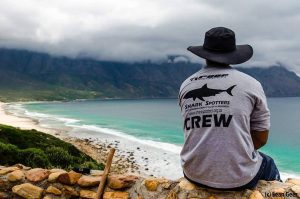
The series concluded with another piece by an enthusiastic Kelly, who explains what it’s like to work hands-on with sharks, and how the teeth on their skin, not in their mouths, are a marvel of evolution.
Natasha Pindral provided a fascinating sidebar to Kelly’s story, with a view of the skin from under the microscope.
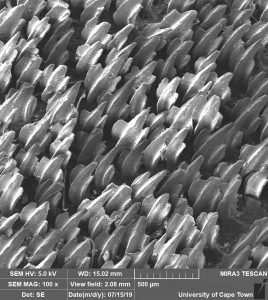
Competition time again
The writers all received R750 cash and guidance from seasoned journalists to knock their stories into shape for publication. All the published stories can be found on RR’s Ocean Watch: Rays and Sharks page.
The stories were all first published by mainstream South African news sites, in particular the Daily Maverick, setting the aspiring writers off on their journey into environmental journalism.
We hope the success of this competition will make it the first of many. RR’s second Ocean Watch writing competition, with the theme of Marine Protected Areas (MPAs), is now under way.
Do you have a MPA-related story to share? If so, this competition is for you. It’s open to anyone in Southern Africa, aged 35 and under. Rookie writers will be mentored so previous experience is not essential. The winners will receive cash prizes and a modest contribution towards their expenses. For more details and a story pitch form, click here.

- Dos Santos was one of the first young marine scientists to submit a story pitch to RR’s Ocean Watch ‘Rays and Sharks’ writing competition and is now enrolled for training as an associate editor of the Ocean Watch series, compliments of the Earth Journalism Network. She is studying the in-water ecology of sea turtles in South Africa for her Masters degree but is also an avid shark and ray enthusiast on a quest to share their wonders with the world.
